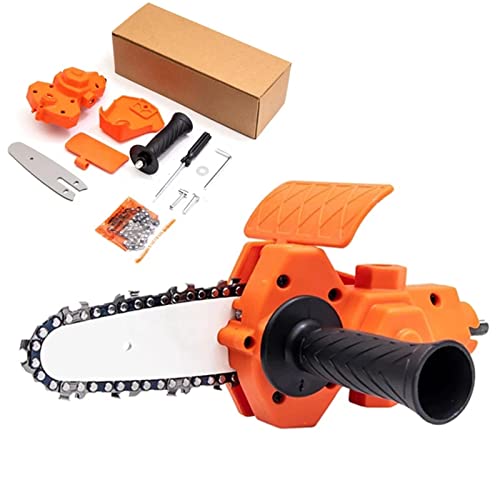I've recently made the plunge and purchased gear for climbing. While I am only at the beginning of this journey, I prefer to get whatever gear I may end up needing. I'm a long, long ways from doing removals and chunking down a tree, but I'm having a hard time selecting a bull rope.
What I have ordered, ropewise, is a 150' strand of 1/2" Tango Ivy as a climb line and 120' 3/8" Stable Braid for lowering limbs/small stuff, etc.
Does the Stable Braid in larger size (thinking 5/8", most likely at this time) provide enough stretch for larger chunks of wood, or will that be at risk of snapping with shock-load? Pretty much all the ropes I've browsed say "low-stretch", but I'm uncertain what the estimated %s of stretch is best for moderate to heavy loads.
I'm not looking for a rope to pull trees over with, as I have wire-rigging and grip-hoist rigging, plus other ropes for that.
Any guidance would be appreciated.
What I have ordered, ropewise, is a 150' strand of 1/2" Tango Ivy as a climb line and 120' 3/8" Stable Braid for lowering limbs/small stuff, etc.
Does the Stable Braid in larger size (thinking 5/8", most likely at this time) provide enough stretch for larger chunks of wood, or will that be at risk of snapping with shock-load? Pretty much all the ropes I've browsed say "low-stretch", but I'm uncertain what the estimated %s of stretch is best for moderate to heavy loads.
I'm not looking for a rope to pull trees over with, as I have wire-rigging and grip-hoist rigging, plus other ropes for that.
Any guidance would be appreciated.

























































